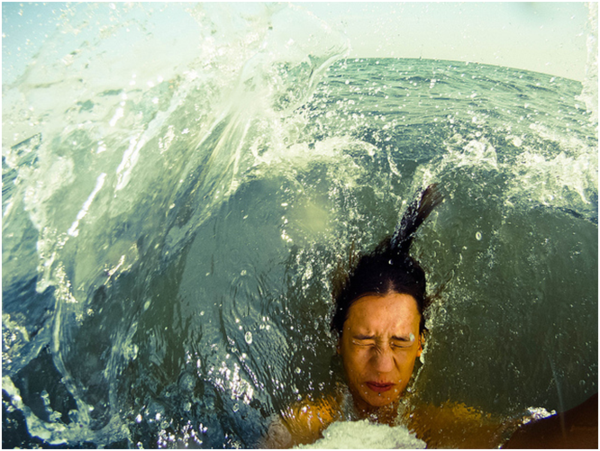Digital cameras have been dropping in price steadily since they were first introduced to the UK market, as have a range of other more specialist cameras.
Waterproof and action sports cameras have also been growing in popularity and are now accessible to a whole new generation of enthusiasts; some of the most impressive footage over the last few years has come from this consumer level technology.

Image: Davide Costanzo
Where to start
When scouting for a camera, you should pay close attention to specifications. Depending on the make or model, cameras will have different tolerances for how deep under water they are guaranteed to stay completely watertight.
This is due to higher pressures when performing activities such as scuba diving: Many cameras will be conservative in this area but lots will continue to function well past their limits; this is a choice that you as an owner will have to make.
Waterproof cameras sacrifice some of the function that you may find with other normal digital compact cameras. You are unlikely to find a camera with more than a 5x optical zoom as the body has to be simplified for the manufacturer to keep costs down.
Developing waterproof seals between the extending rings of an optical zoom would make the manufacturing price rocket and a delicate lens is likely to get damaged in some of the more adventurous situations you would like to use your camera. Some cameras though (see the Panasonic range), do have a clever internal zoom.
You may find that your camera does not perform as well in conditions with poor light i.e. nights out. This is a common feature of cheaper digital cameras, although I have found this also more evident with waterproof cameras.
Take your camera everywhere
Taking your new waterproof camera into the sea or swimming pool for the first time is a rather unnerving experience. But once you take that leap, having a waterproof camera can allow you much greater flexibility with your shooting.
As well as using your camera in water, it will also be shielded from the sand, dust and mud; this means you’ll be able to take it anywhere you go – be it snorkelling or quad biking.
A waterproof camera can also be a great beginner wildlife camera before you invest in something more substantial once you’ve honed your skills.
Maintenance is important
One of the most important things you have to do with your digital camera is to make sure you wash all the seals when you have finished using it. Some internal parts of a camera need to be accessed such as the memory card bay and the battery.
The waterproof barrier here is created by a rubber seal. Once this rubber seal comes into contact with saltwater over long periods it can corrode.
You should be sure to clean the camera in fresh water after use and then leave to dry in shade. When the camera is dry you can then open the various ports to clean the seals.
Happy snapping!
Estelle Page is a thirty something interior designer, loving life with her husband and two kids! Estelle has an eye for fashion & design and is currently enrolled on a number of photography courses. She also writes and blogs for Fly on the Wall.

